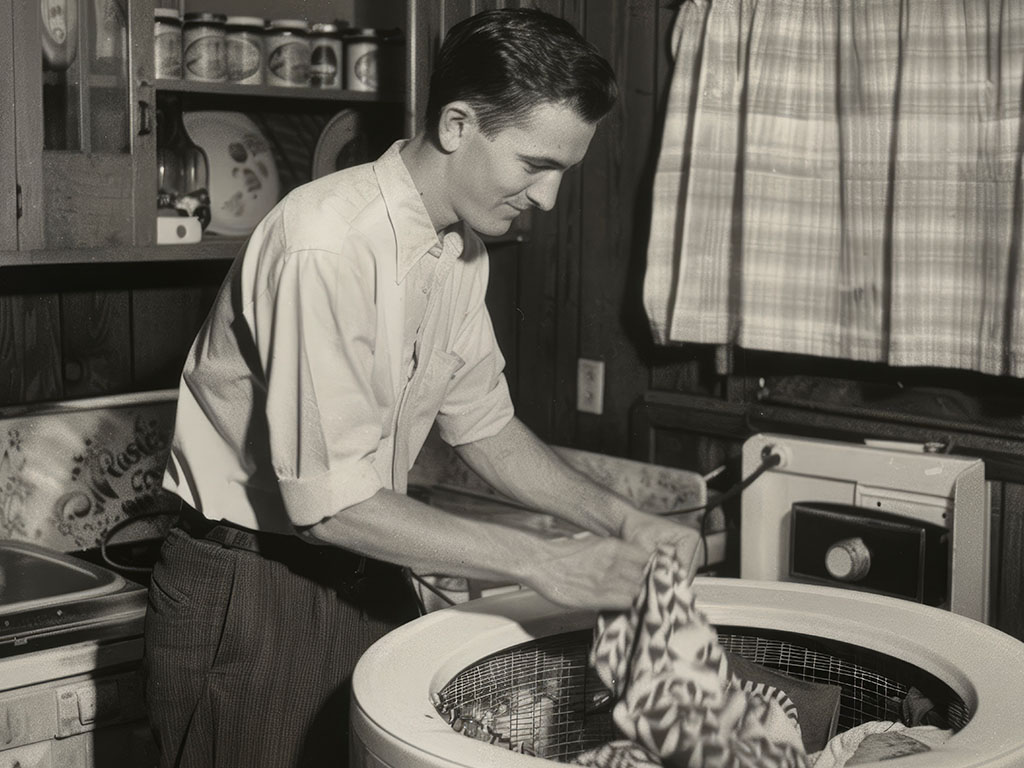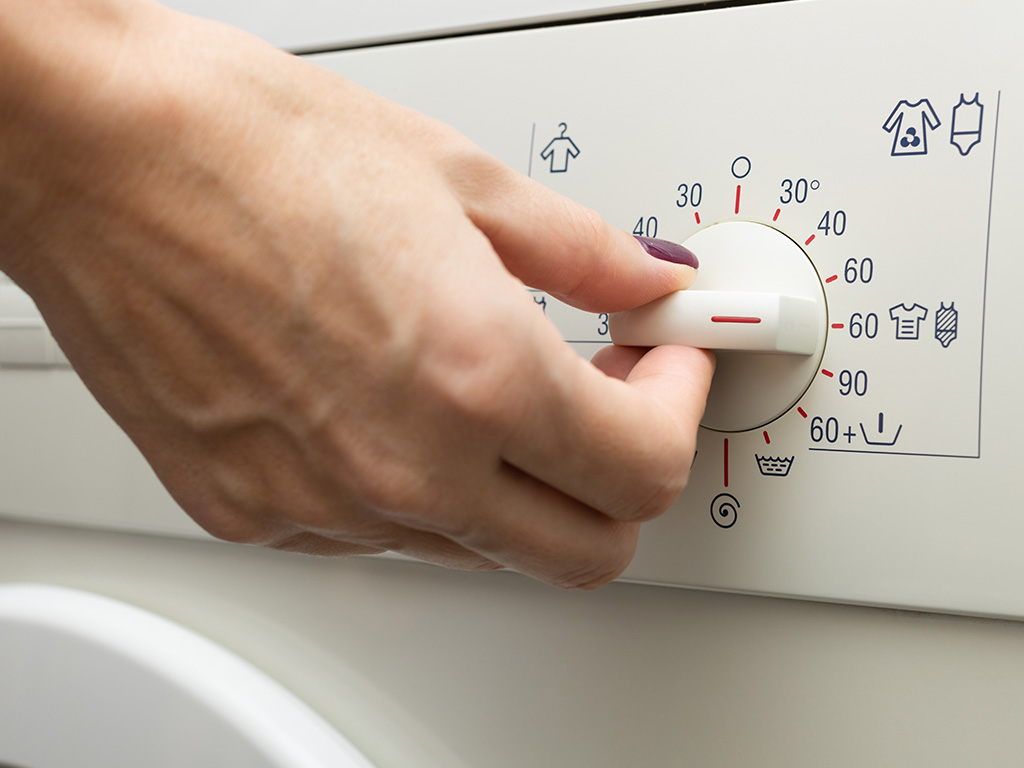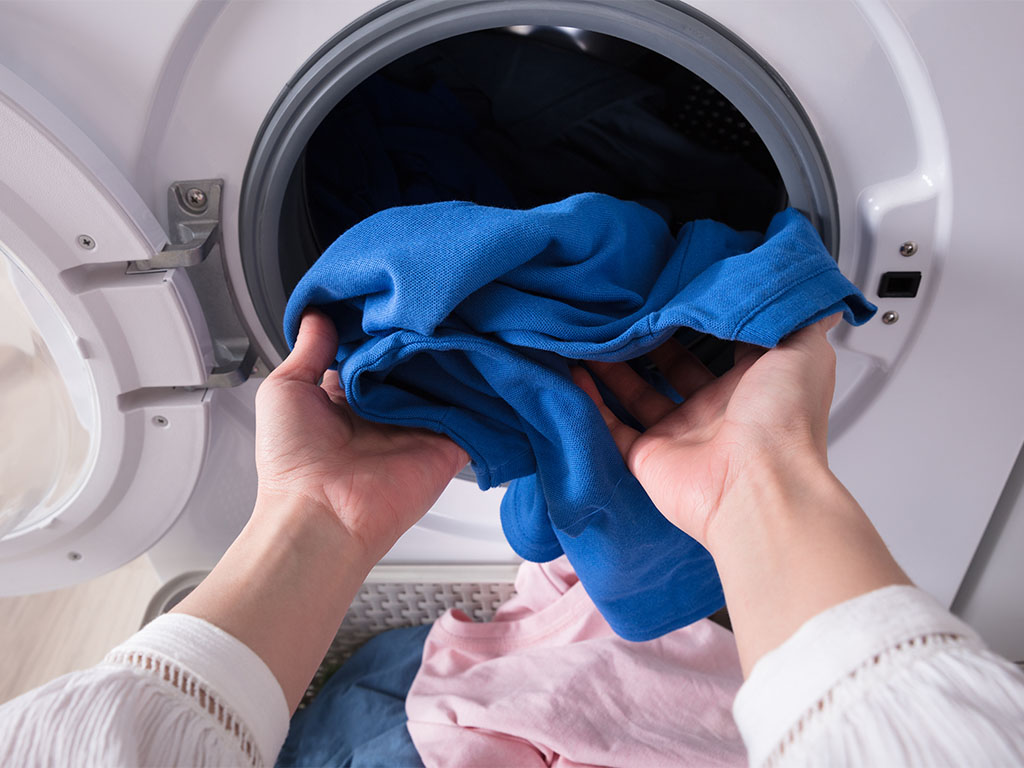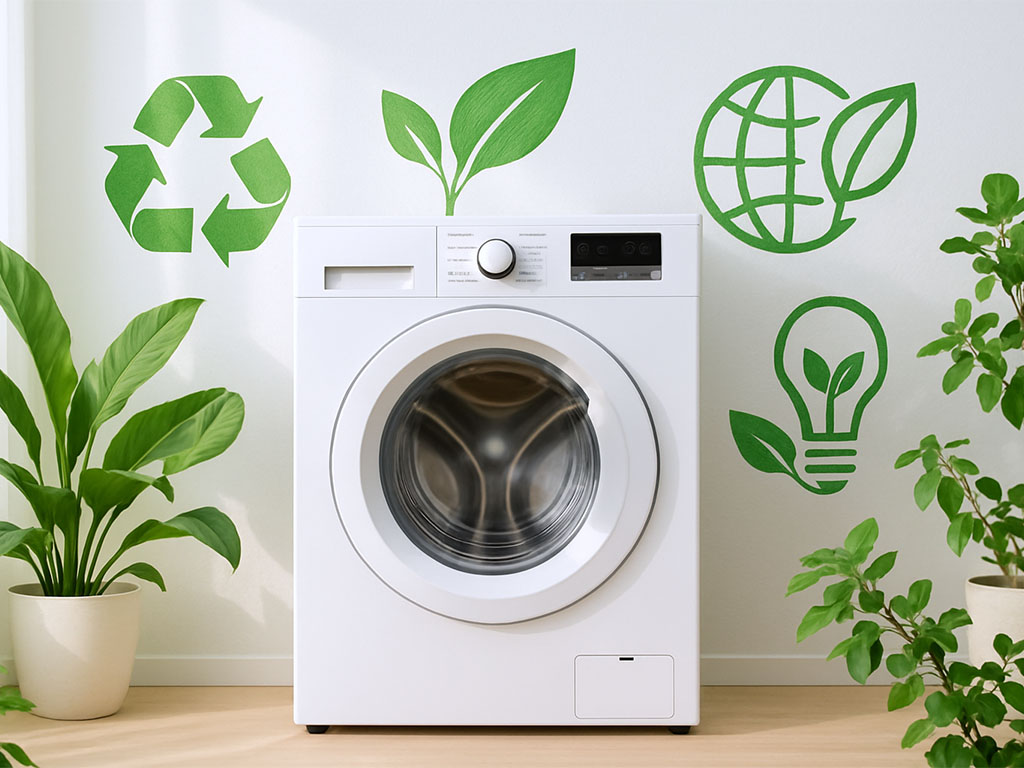
Washing at high temperatures may be necessary to remove bacteria, viruses, and stubborn dirt from textiles. Although modern detergents can clean effectively at lower temperatures, there are situations when washing at 60 °C or even 90 °C is the best option. Together, we will explore the benefits of such washing, its development, proper use, and also how to minimise its negative impact on clothing and the environment.
Washing at High Temperatures in the Past

You might remember fairy tales or films from the early 20th century where clothes were washed in hot water on a stove or in a wooden tub. Indeed, washing has changed a great deal over the past 100 years.
Boiling Laundry
In many cultures, it was common to boil laundry in vats of hot water. This process helped remove dirt, bacteria, and disinfect textiles. In Europe, large copper or iron vats were often used, where laundry was boiled with lye or soap.
Use of Lye and Ash
Before industrial detergents became widespread, lye made from wood ash mixed with water was often used. This alkaline solution helped remove fats and dirt. Washing was done by hand, and laundry was often left soaking in hot water for extended periods.
Washing in Hot Springs
In regions with geothermal springs (e.g., Iceland, parts of Italy), people used naturally warm water for washing. Washing in hot springs was eco-friendly and effective because the water contained minerals that aided the cleaning process.
Washing Over a Fire
In some rural areas, women heated water over a fire and then washed clothes in large tubs. After boiling, the laundry was rinsed several times in cold water and dried in the sun.
Transition to More Modern Methods

In the 19th and 20th centuries, with the development of the Industrial Revolution, the first mechanical washing machines were produced, gradually replacing hand washing and boiling laundry. Modern detergents made washing easier and allowed for lower-temperature washes, which reduced energy consumption.
Although boiling laundry is no longer commonly used today, washing at high temperatures remains important in cases where disinfection and removal of stubborn dirt are necessary.
Which Materials and Types of Clothing Can You Wash at High Temperatures?

At high temperatures (60 °C and above), you can wash the following types of clothing and materials:
- Cotton – bed linen, towels, underwear, t-shirts, trousers.
- Linen – tablecloths, dishcloths, bed linen.
- Some synthetic materials – polyester workwear, sports jerseys (only if the temperature is indicated on the label).
- Medical and workwear – clothing from hospitals, restaurants, and the food industry.
- Children's clothing – cloth nappies, bibs, and clothes that require disinfection.
It is always important to check the label on the clothing to avoid damaging more delicate materials.
Why Wash at High Temperatures?

1. Removal of bacteria and viruses
High temperatures kill pathogens, which is especially important when washing bed linen, towels, children’s clothes, or clothing worn by sick individuals.
2. Removal of stubborn stains
Grease stains, blood, sweat, and various organic soils dissolve and come out more effectively at higher temperatures.
3. Hygienic washing of textiles
Medical clothing, sports kits, and garments worn by food industry workers require thorough disinfection, which is achieved by washing at 60 °C and above.
4. Prevention of unpleasant odours
Some materials, such as towels, can start to smell over time despite regular washing. Higher temperatures help eliminate the bacteria that cause these odours.
How to Wash Effectively at High Temperatures?

1. Check the labels on your clothing
Not all materials can withstand high temperatures. Cotton, linen, and some synthetic fabrics are fine, while wool, silk, and elastic materials can be damaged by high heat.
2. Use a high-quality detergent
Some detergents contain bleaching agents that are only activated at higher temperatures. For coloured clothing, choose detergents without chlorine to prevent fading or staining.
3. Clean your washing machine regularly
Washing at lower temperatures can leave detergent residues and mould in the machine. Occasionally washing at 90 °C with vinegar or special cleaning tablets helps keep your washing machine hygienically clean.
4. Don’t overload the washing machine
To ensure your laundry is thoroughly cleaned and free of detergent residues, leave enough space in the drum for water and detergent to circulate properly.
5. Use a pre-wash cycle if necessary
Heavily soiled clothing, such as workwear or sports gear, may require a pre-wash or soaking in warm water with a stain remover.
Don’t Forget about Ecology and Environmental Protection

Washing at high temperatures consumes more energy, which can negatively impact the environment. Therefore, it is important to:
- Wash at high temperatures only when necessary – if disinfection isn’t required, opt for lower temperatures.
- Use eco-friendly detergents – instead of traditional laundry gels that require large quantities, switch to concentrated detergents or laundry sheets.
- Invest in a quality washing machine – modern machines offer programmes that balance efficiency with lower energy consumption.
- Air-dry your clothes – you’ll save energy and extend the lifespan of your textiles.
Washing at high temperatures is essential where disinfection and thorough dirt removal are important. Check your clothing and consider which temperature, laundry gel, laundry sheets, and laundry perfume to use. At the same time, it’s wise to keep environmental impact in mind and choose a gentler approach where possible.
Puella laundry perfumes wish you a pleasant washing experience – one that turns into a true delight thanks to their enchanting fragrances.
